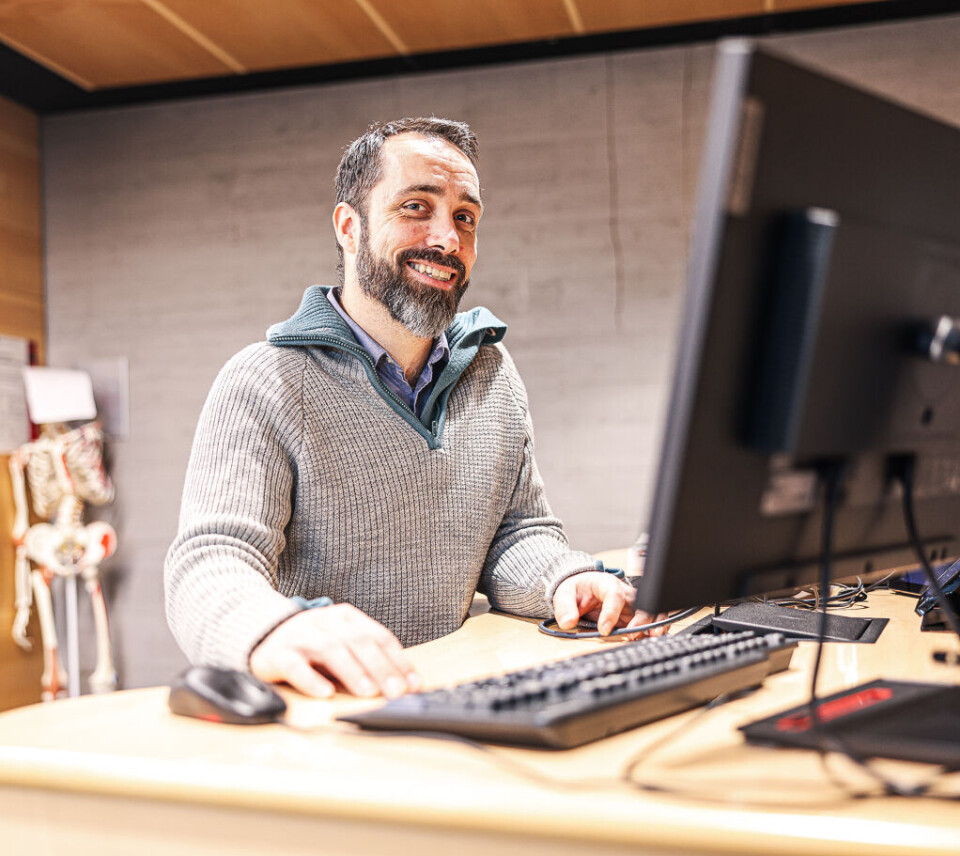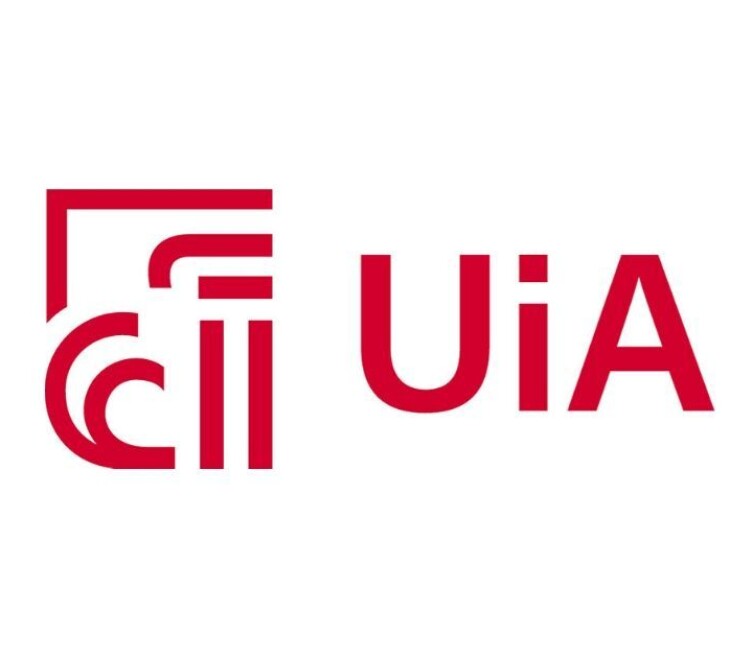THIS ARTICLE/PRESS RELEASE IS PAID FOR AND PRESENTED BY THE University of Agder - read more

The computer and software largely determine how pupils write, according to researcher
Writing programmes and google searches often had the last say when pupils were collaborating on writing essays.
Much has been said and written about AI writing bots after the company OpenAI launched ChatGPT, the most advanced conversational writing bot ever.
So far, the bot has both impressed and unsettled the public.
Reading and writing researcher Jon Olav Sørhaug at the University of Agder (UiA) is also impressed, but not worried.
He usually speaks positively about the bot. He wants to approach new digital tools with a positive attitude.
“We have to approach new tools with an open mind. Schools must teach children and young people how to use these tools to learn and to solve problems,” he says.
Learning to use new tools
Sørhaug has not studied the bot. He has studied what now almost seems old-fashioned: How pupils work together to write when using computers.
“The use of computers and sources on the internet will probably dominate school life for some time still, even if chatbots are emerging at rapid speed,” says Sørhaug.
He believes that the bot is just another digital tool where artificial intelligence increasingly plays a bigger role.
“For teachers and pupils alike, it is a matter of learning how to use these digital aids,” Sørhaug says.
Software and online sources affect writing
He recently defended his doctorate with a thesis on writing in lower secondary school.
His thesis reveals that rather than the pupils using digital resources, it is the digital resources that affect the pupils’ texts.
“I have examined how computers, software and online sources affect the pupils' writing. Put bluntly, you could say that digital actors get the last word,” Sørhaug says.
He studied the writing process of six pupils and a Norwegian teacher in a Year 8 class during three double lessons in Norwegian. The pupils were divided into two writing groups. Each group was asked to collaborate on writing an essay.
Pupils write together
According to Sørhaug, researchers have so far been most interested in how pupils work together to write a text. That is also what Sørhaug initially wanted to study.
But sitting in a corner of the classroom to observe the writing process quickly became boring.
The pupils didn’t speak much. They worked quietly. And they worked in close collaboration with Google and other software on the computer.
“It simply became more important to look at how Google, other sources on the web, and software affected the pupils and their writing,” he says.
There was little collaboration and discussion between the pupils. Therefore, he changed the perspective of the study to focus on the collaboration between pupils, computers and software.
Surprised by the dominance of Google
He was surprised at how much search results and software affected the pupils. During all phases of the writing process, machine and software dominated.
“The digital actors have a great influence during planning, writing and revision of the text. The software was what determined how the text was written,” Sørhaug says.
This is how he summarises the various writing phases:
1) Pupils plan their essay
The pupils collaborate with each other to a certain extent, but mostly use Google to find material and ideas. Google selects texts, produces answers to questions and finds ideas for writing. This gives Google a lot of power over the rest of the writing process.
2) Pupils write
Words and expressions from online sources are used in the pupils’ text. The pupils negotiate with each other to some extent about what they should write, but even more so with the sources and the writing software. One example is when a pupil first writes shopping bag but changes it to plastic bag because that is the word used by all the sources on the web.
3) Pupils revise their text
Words are changed if they are not found in the source texts. The writing software offers many suggestions for word choice and spelling. The pupils display varying degrees of independence. Some of them accept almost all the changes proposed by the writing program, even if they are wrong. The revision of words marked with wiggly red lines is automated, which means that revisions are done on impulse.
Not digital natives
You often hear that children and young people today are referred to as ‘digital natives’. But Sørhaug found that the pupils need to learn more about the basic use of computers.
“They need digital strength training,” he says.
Many of the pupils had some fundamental difficulties navigating the various computer programs.
“It was difficult, for example, to set the correct language for the spellchecker, where you can choose English, Norwegian Bokmål or Norwegian Nynorsk. Many also had problems putting images and graphics into the text. It also becomes difficult for the pupils to refer to sources when they use texts from Google,” he says.
The teacher needs to get more involved
Sørhaug thinks the study shows that schools need to focus more on digital tools in teaching.
“The teacher must be familiar with the various digital actors and know how they affect the writing process. The school must develop the pupils’ independent writing and give them assignments that encourage independent thinking,” he says.
Sørhaug saw that pupils viewed Google and Wikipedia texts almost as some kind of ideal texts.
“It is impossible to avoid being influenced by the texts and computer programs you use when writing. But it shouldn’t be the case that pupils discard their own words and thoughts in favour of Google texts that they imitate and see as ideal model texts,” he says.
He thinks it is a good idea for the teacher to handpick source texts for the pupils.
“The texts must be suitable for the group. By limiting the material in such a way, the pupils can learn to use the sources without imitating. Short writing sessions where the teacher often gets involved in the process can also strengthen both learning and writing,” Sørhaug says.
Reference:
Jon Olav Sørhaug: 'På sporet av aktørar som skriv. Ein studie av to digitale samskrivingskasus i ein ungdomsskoleklasse' (On the Trail of Actors Who Write is a study of two digital cases of collaborative writing in a Norwegian lower secondary school class), Doctoral dissertation, UiA, 2022. Abstract.

This article/press release is paid for and presented by the University of Agder
This content is created by the University of Agder's communication staff, who use this platform to communicate science and share results from research with the public. The University of Agder is one of more than 80 owners of ScienceNorway.no. Read more here.
See more content from the University of Agder:
-
Research paved the way for better maths courses for multicultural student teachers
-
The law protects the students. What about the teachers?
-
This researcher has helped more economics students pass their maths exams
-
There are many cases of fathers and sons both reaching elite level in football. Why is that?
-
How we used plants to protect ourselves from evil
-
What is it like for nurses to promote health behind bars?




































